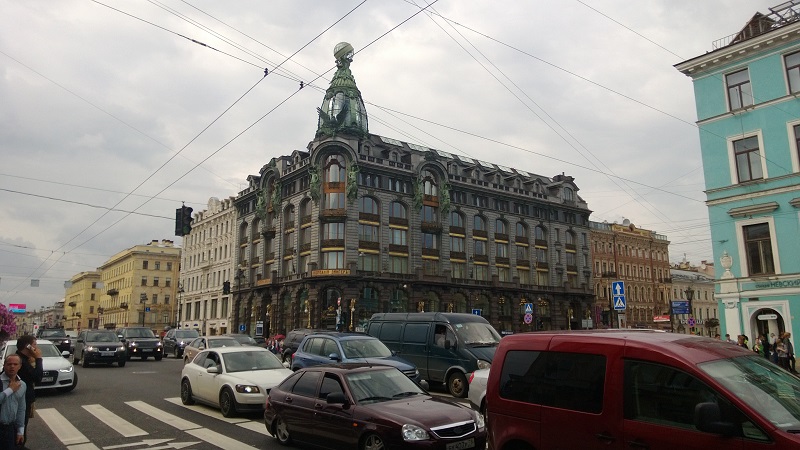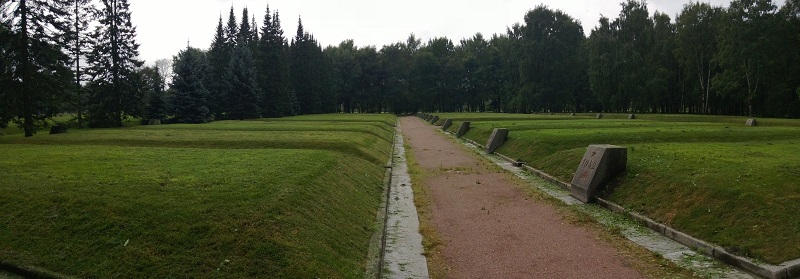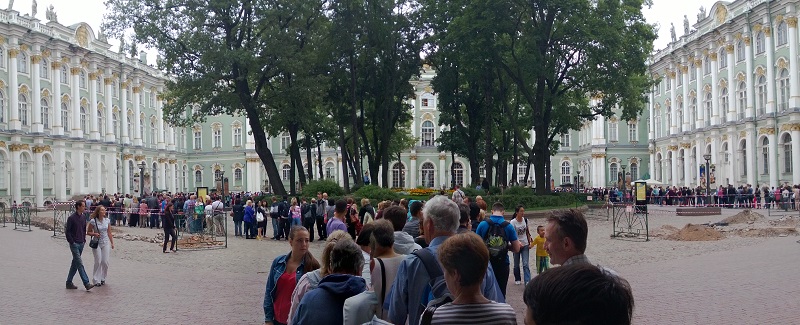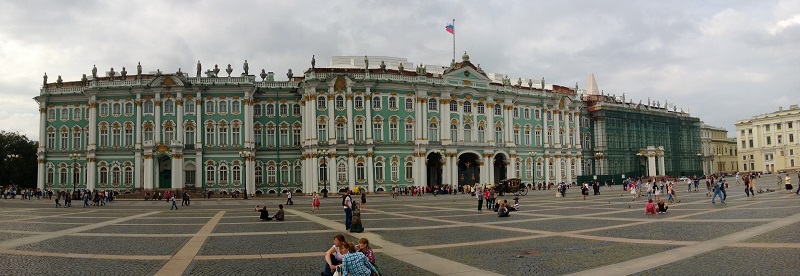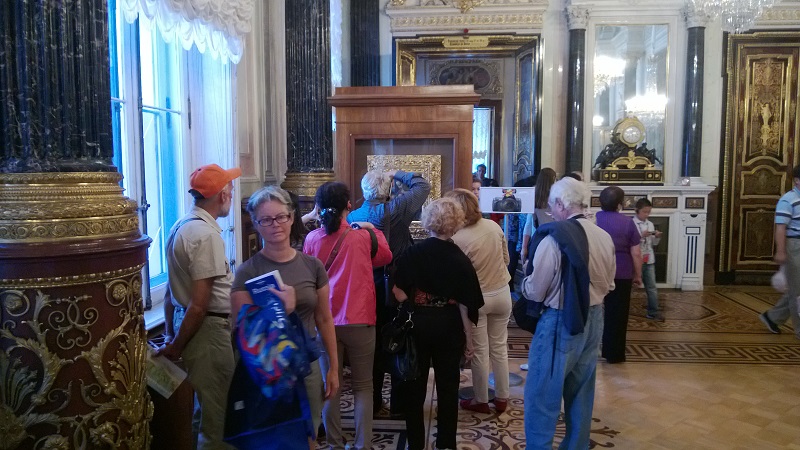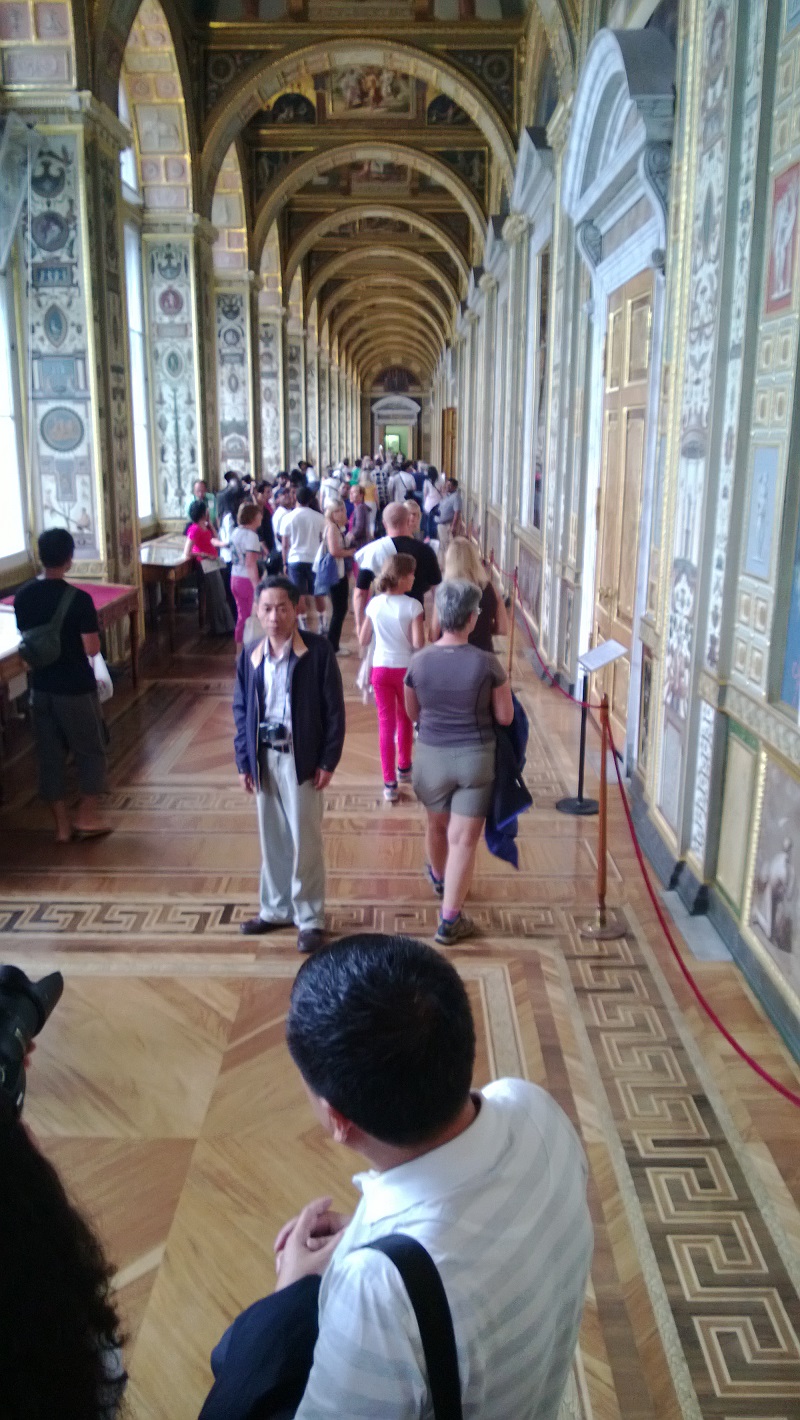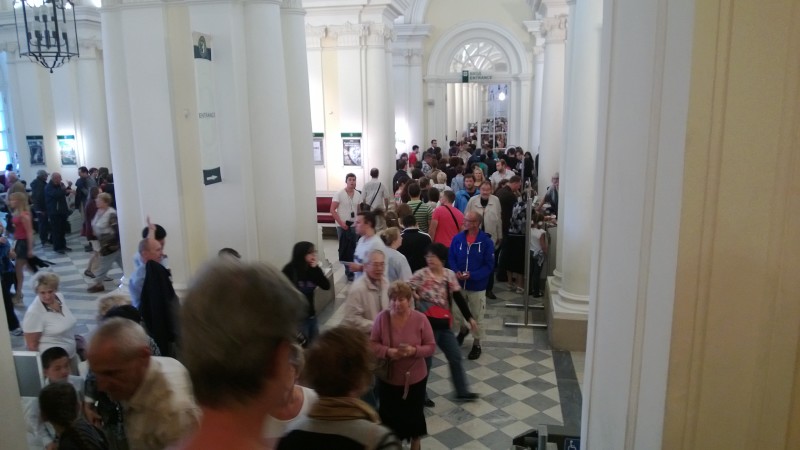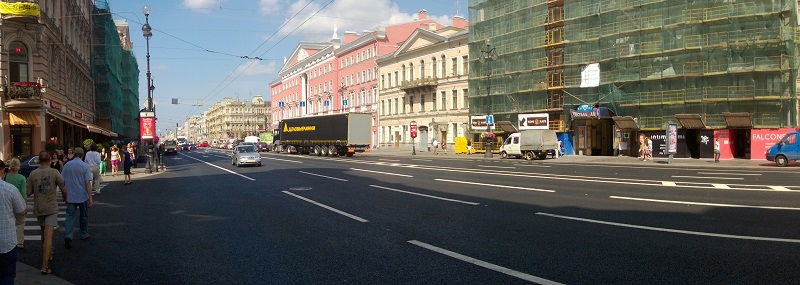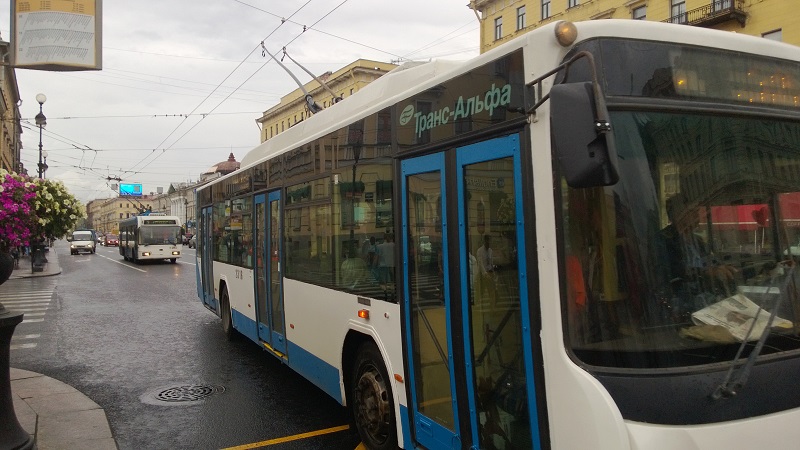We’ve just arrived in Irkusk, Siberia, after 3 days on the Trans-Siberian train. I’ve written a bit about the trip so far, and Greg has taken heaps of photos and videos, and we’ll post some soon. But while we find our legs again and get used to the floor staying still and not rocking from side to side, here’s a post from Greg’s mum & dad, Fay and Ron, about a trip they did to Russia in 1980.
Memories of Russia 1980
Judy emailed us, wondering if we would like to reminisce on our trip to Russia in 1980, comparing it to their trip 2013.
So here goes.
We were in the UK to visit the relations, and had arranged a trip through Europe, called Russia, Poland and the Northern Capitals, cost $1,220 each, included dinner and breakfast along the way.
In July 1980 we left London for Harwich and embarked on the D.F.D.S. SEAWAYS for Esbjerg in Denmark, day two and three Copenhagen, and day four embarked on a ferry to Sweden, reaching the capital Stockholm in time for dinner. Day five spent sightseeing in Stockholm. Later that day we were driven to Norrtalje for the overnight crossing to Finland. Sightseeing in Helsinki our sixth day where we toured the bustling capital.
Then eastward to Russia:
First have to explain the times, we were arriving in Russia just before the 1980 Russian Olympics, several nations had banned athletes from attending the Olympics due to Russia invading Afghanistan. Australia did not send a full team to the games. Americans did not send a team.
We arrived at the border of Russia to overbearing custom people, there was only 18 of us in the coach (which could hold 44) many had cancelled because of the Russian situation.
They kept us in customs for four hours, went through everyone’s personal luggage, I had heated curlers, they took them apart, all books were searched through methodically. Small dogs were let loose in the coach; rods were put through the bodywork. Later they let us go.
Next Leningrad, now called St Petersburg, where we were taken by coach sightseeing and then to the Piskaryovskoye Memorial Cemetery, a cemetery for 500,000 people. These people died during the siege of Leningrad, by the German army during World War 11. We walked down past this vast cemetery, to the monument where we found many Russians stood crying. A heart stopping moment to see such sorrow thirty six years after the siege ended.
In the evening we were taken to a performance of ballet at the spectacular Kirov Theatre.
Day nine we were driven to Novgorod where we first learnt you could only shop in Berioska shops, special shops for tourists. Shops in Russia at that time were not good; we see many queues outside premises, which to us did not have much displayed.
Hotels were unique as well. On every floor there were security, a lift in the Novgorod hotel could not be installed because the area left for it was not correct shape. Also food, we were served chicken which was so tough you couldn’t eat it. And we were served with caviar one time, which was a memorable moment.
In Novgorod we see young children led along holding on to a long rope, we see older children guarding the tomb of the unknown warrior, which apparently they performed this duty every day.
We learnt about another custom, brides on their wedding day they came to the memorial to honour the dead.
In the streets woman swept the roads with birch twig brooms, they were older woman and wore aprons and scarves.
In Russia there was not much traffic, mostly looked like government cars, few private. People did not speak to you; one place a man spoke in English but quickly moved away when security came into view. Not a happy country.
We continued on to Moscow where we did the usual sightseeing Red Square, huge queue for Lenin Mausoleum, we did not go in. The Kremlin and St Basil Cathedral, Tretyakov and Pushkin art galleries and the amazing Pavilion of Scientific Achievement.
The special thing we did in Moscow was to visit the Moscow State Circus in their permanent home, I would say circuses do not come at the top of my list to go and see, but, the Moscow State Circus, what can you say, it was amazing, never seen anything like since.
The journey through Russia continues past huge housing estates, high rise, ugly places, no landscaping.
We see paddocks were people lined up in a long row were cutting corn with scythes.
Saw woman washing clothes in creeks.
We stopped to get diesel on our way to Minsk, 150 litres the cost two cartons of cigarettes, the driver had them under his seat.
During our long travels through Russia we came across many block houses with armed guards.
So you can see how 1980 behind the iron curtain was different compared to 2013.
When we were leaving Russia we had to give roubles we had back.
Into Warsaw Poland, we learnt quickly how they all hated the Russian people.
Still behind that Wall, taken to a hotel in East Germany, built by the Swiss and run by them, the best hotel we had been in.
Taken around to see the wall, Brandenburg Gate and the gigantic Soviet memorial.
Next day out of Russian hands through Check Point Charlie, with more security checks underneath the coach they used mirrors. Into West Berlin, like another world entirely, shops packed with goods, and happy people.
Day nineteen moved on from Amsterdam to London.


